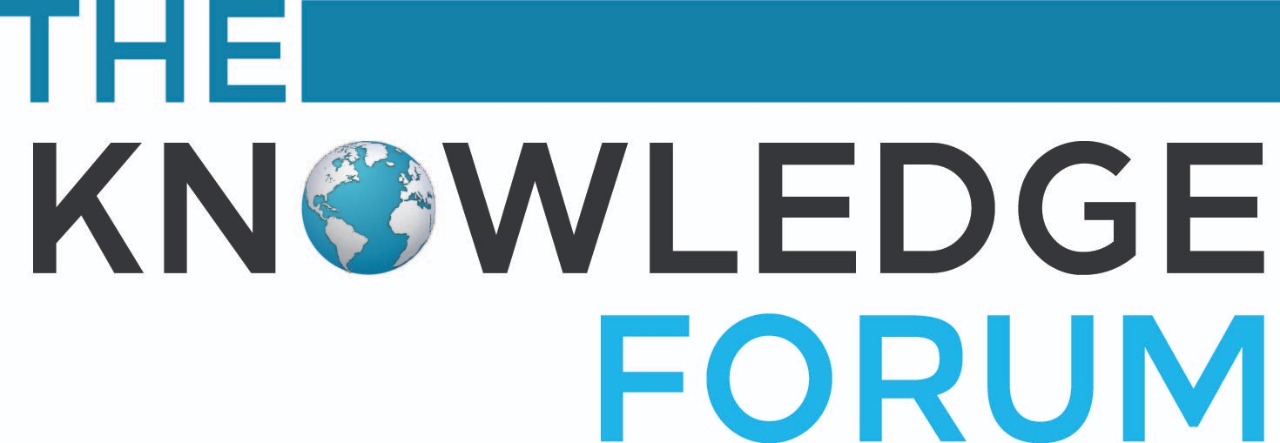Pakistan Bulletin
An up-to-date and informed analysis of key issues of Pakistan.
The Roads Less Travelled: How Transportation Fails Pakistan’s Women
November 2024
Pakistan’s public transportation system fails to meet the needs of women, restricting their mobility, safety, and economic opportunities in a society already rife with gender inequities.
Restricted mobility is a significant barrier to women’s economic participation. Limited access to safe and affordable transport hinders job searches and reduces women’s ability to engage in the workforce.
Integrating women’s perspectives into planning and decision-making processes by employing more female workers in the transport sector is a vital step.
Eisha Jawaid
Author
Eisha Jawaid has a Bachelors in Economics and Mathematics from IBA, she is currently pursuing an M.Phil in Economics from the Pakistan Institute of Development Economics.

Get the latest news and updates from our team
